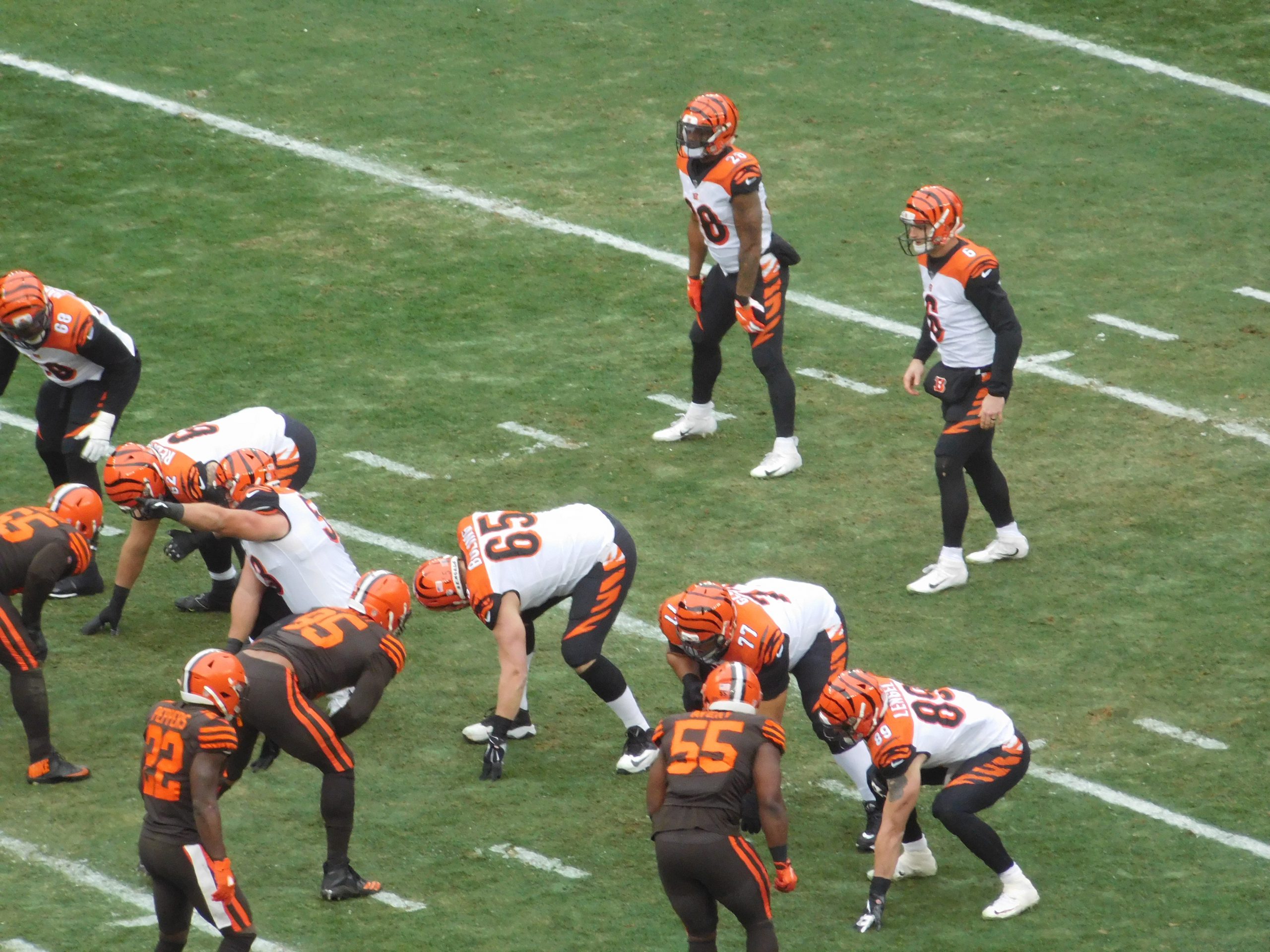
The Cleveland Browns, a storied franchise in American football history, have experienced a rollercoaster of successes, setbacks, and transformations. Founded in 1944 and named after their illustrious original coach, Paul Brown, the Browns have become a symbol of perseverance in the face of adversity. This article delves into their rich history, notable achievements, and the unique traits that set them apart in the National Football League (NFL).
Foundational Excellence
The Browns’ journey began in the All-America Football Conference (AAFC) where they dominated, winning the championship each year from 1946 to 1949. This winning streak established the Browns as a formidable team, laying the groundwork for their future success. Their transition to the NFL in 1950 marked the beginning of a new era, one where they continued to excel, winning championships in their debut season and subsequently in 1954, 1955, and 1964.
The Era of Change
Ownership changes in the 1950s and 1960s brought new directions for the team. Art Modell’s acquisition in 1961 was particularly significant. Despite the departure of Paul Brown, the team thrived under running back Jim Brown’s prowess. The 1964 championship remains a highlight of this era.
Close Calls
The Browns, along with the Detroit Lions, are the only NFL franchises established before 1995 never to appear in a Super Bowl. But the Browns had their chances during the 1980s. Led by head coach Marty Schottenheimer and quarterback Bernie Kosar, the team made it to three AFC Championships in a four-year span. However, each and every time, they were thwarted by John Elway and the Denver Broncos.
The most difficult AFC Championship loss was 1986, a year where the Browns went 12-4 and earned home-field advantage. The Browns, leading by seven late, watched Elway go 98 yards on them and tie the game in the final seconds. The Broncos then went on to beat the Browns in overtime. The game would later become known as “The Drive.”
Turbulent Times
The Browns’ journey has not been without its trials. The announcement of the team’s move to Baltimore in 1995 by Modell sparked widespread controversy and legal battles. The compromise that followed was unique – the Browns’ name, colors, and history remained in Cleveland, while Modell established the Baltimore Ravens. This period of inactivity ended in 1999 when the Browns rejoined the NFL.
The Modern Era
Since their return, the Browns have faced challenges in regaining their former glory. The 2010s were particularly tough, marked by a lack of winning seasons. Stability issues with head coaches and quarterbacks further complicated their path, and NFL bettors usually wagered against them. Since 1999, the Browns have had 12 different head coaches and 38 different starting quarterbacks. However, their perseverance and dedication to rebuilding under head coach Kevin Stefanski were evident in their 2020 playoff appearance, ending a long drought and influencing the Super Bowl odds. Stefanski has helped lead the Browns to another successful season and likely playoff berth in 2023.
Unique Identity
The Browns stand out in the NFL for their distinctive characteristics. They are the only team without a helmet logo, a testament to their traditional approach. Over the years, they have maintained a consistent color scheme of brown, orange, and white. Their mascot, the “Brownie Elf,” and the Dawg Pound section of their stadium, are emblematic of the team’s deep connection with its fans and cultural heritage.
Hall of Fame Players
The Cleveland Browns boast an impressive roster of Hall of Fame players, athletes who have left a lasting mark on the NFL with their skill, tenacity, and leadership. These legends have not only elevated the team but have also contributed significantly to the fabric of American football.
- Jim Brown: Perhaps the most iconic player in franchise history, Brown dominated the field as a running back, known for his remarkable strength and agility. His contributions to the Browns and his record-setting performances have cemented his status as one of the greatest football players of all time.
- Otto Graham: A quarterback known for his versatility and leadership, Graham led the Browns to multiple championships in both the AAFC and NFL. His strategic thinking and game-changing plays were pivotal in the Browns’ early successes.
- Lou Groza: Nicknamed “The Toe,” Groza was not only an outstanding placekicker but also an excellent offensive tackle. His dual-role contributions were crucial in many of the Browns’ key victories.
- Ozzie Newsome: An exceptional tight end, Newsome’s prowess on the field was matched by his impact off it. After retiring, he became an influential executive, further showcasing his deep understanding of the game.
- Paul Warfield: A gifted wide receiver known for his speed and precise route running, Warfield was a critical asset for the Browns’ offense, contributing significantly to their scoring capabilities.
- Leroy Kelly: Following in the footsteps of Jim Brown, Kelly continued the legacy of excellent Browns running backs. He was renowned for his elusive running style and ability to break through defenses.
Conclusion
The Cleveland Browns’ history is a tapestry woven with moments of triumph, adversity, and resilience. Their journey reflects not just the evolution of a football team but also the spirit of a community that has stood by them through thick and thin. As they continue to write new chapters, the Browns remain a symbol of hope and determination, with a legacy that transcends the boundaries of sports.











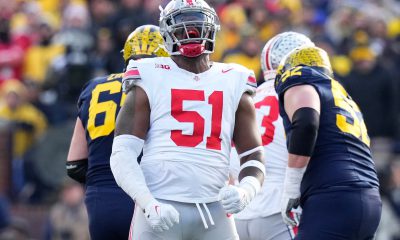
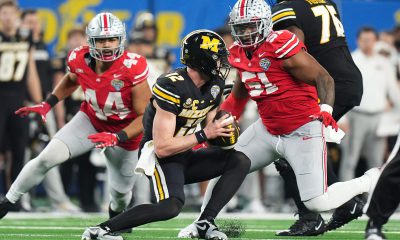

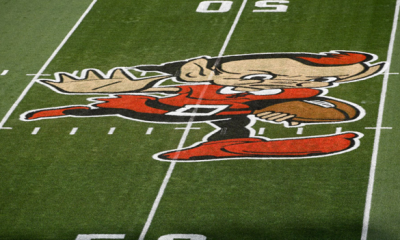

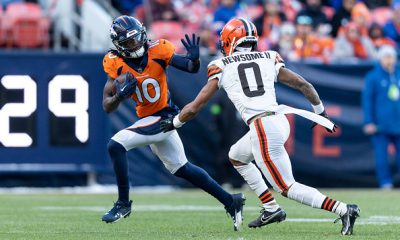

Recent Comments